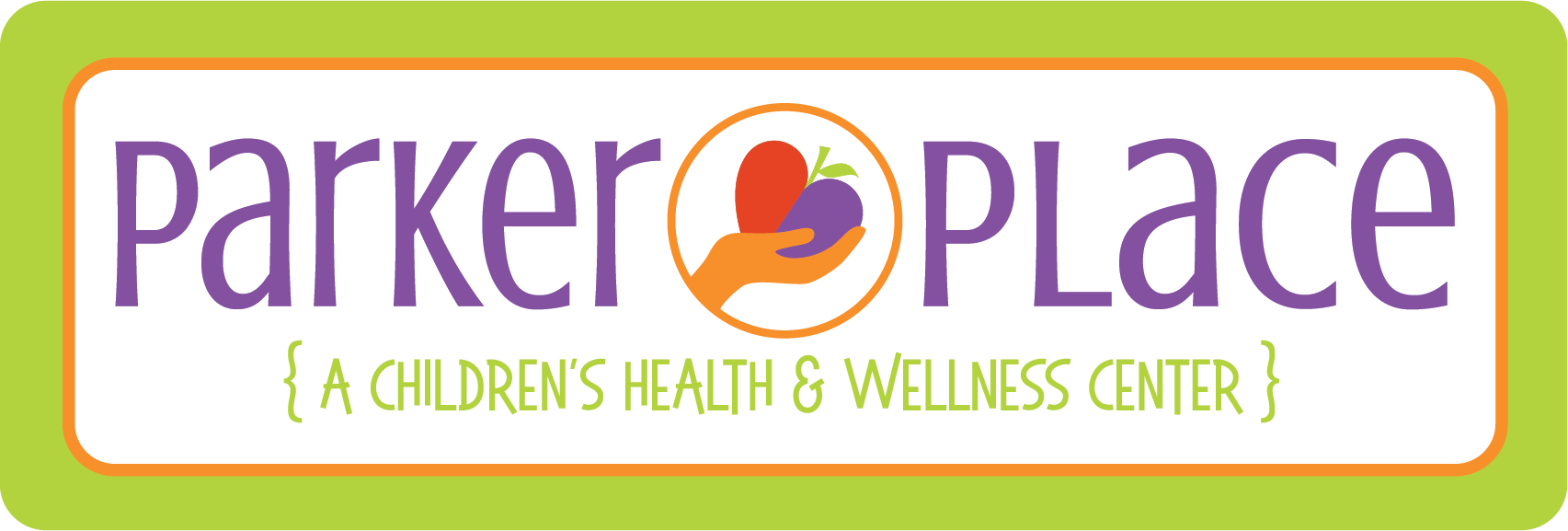All About Whole Grains...and Why You Should Be Eating Them!
In 2015 the USDA published their most recent Dietary Guidelines. One of the recommendations was to fill about one quarter of our plates with grains. They also recommended that at least half of those grains be whole grains.
Can you tell the difference between whole grains and refined grains? Grains are defined as the seed of a plant that is harvested for food. A whole grain product includes all three parts of the grain: the bran, endosperm, and germ. A refined grain is a milled product that takes away the bran and germ and leaves only the endosperm.
Why is it healthful to eat all three parts of the grain?
It turns out that stripping the grain of the bran and germ also strips the grain of important nutrients. Compared to the endosperm, the bran contains twice the amount of protein and 10 times the amount of fiber. Yes, grains do have protein and fiber, but not very much if you only eat refined grains. As for the germ, it contains three times as much protein and nearly three times as much fiber than the endosperm. It also contains healthy fats, like omega-3 and omega-6 fatty acids, which are absent in the endosperm. Lastly, the bran and germ contain many of the Vitamin B complex whereas the endosperm does not.
What are more benefits of eating whole grains?
In addition to being generally good for our bodies, the fiber, protein and healthy fats found in whole grains give us a sense of fullness when we are eating and help us not to overeat. Because grains are broken down in our digestive system to simple sugars, eating refined grains can cause a spike in our blood sugar followed by a rapid drop in blood sugar. Whole grains, with their fiber, protein and fats, take longer for our bodies to digest which allows sugar to be absorbed in a more stable manner. What does this mean for our kids? Less craving of starches and sugars and perhaps less moodiness in between meals (though I can’t blame that solely on refined grains and sugars in teenagers!)
Examples of Whole Grains
brown rice
quinoa
oatmeal
popcorn
oat bran
bulgur (cracked wheat)
barley
buckwheat
100% whole wheat/whole grain bread, pasta or crackers
Examples of Refined Grains
white or “wheat” bread (not 100% whole wheat)
white rice
corn flakes
couscous
pasta (not 100% whole grain)
grits
pretzels
most crackers and snack foods
Including Whole Grains into Your Diet
Chances are you eat some food from each of the lists above and that’s okay. What you might want to try is taking a look at all the grains you and your family eat and figuring out which ones are whole grains vs. refined. If you find that more than half are not whole grains, you are not alone. Most Americans eat plenty - if not too many - grains, but do not eat the recommended portion of whole grains.
To move in a healthier direction, consider making some substitutes for your favorite refined grains. For instance, try switching your white rice to brown rice. It takes a little longer to cook, so consider batch cooking at the beginning of the week and reheating it with your favorite meals later in the week. Try whole wheat pasta instead of white pasta. There’s little to no difference in cooking time and they even sell whole wheat pasta made with white whole wheat, so it doesn’t even look different! Consider a bowl of oatmeal for breakfast instead of reaching for your typical cereal. You may really enjoy it with some fruit and cinnamon on top.
There are many ways to put whole grains into your diet without making major changes. For more ideas and tips take a look at the Choose My Plate website. Happy eating!

